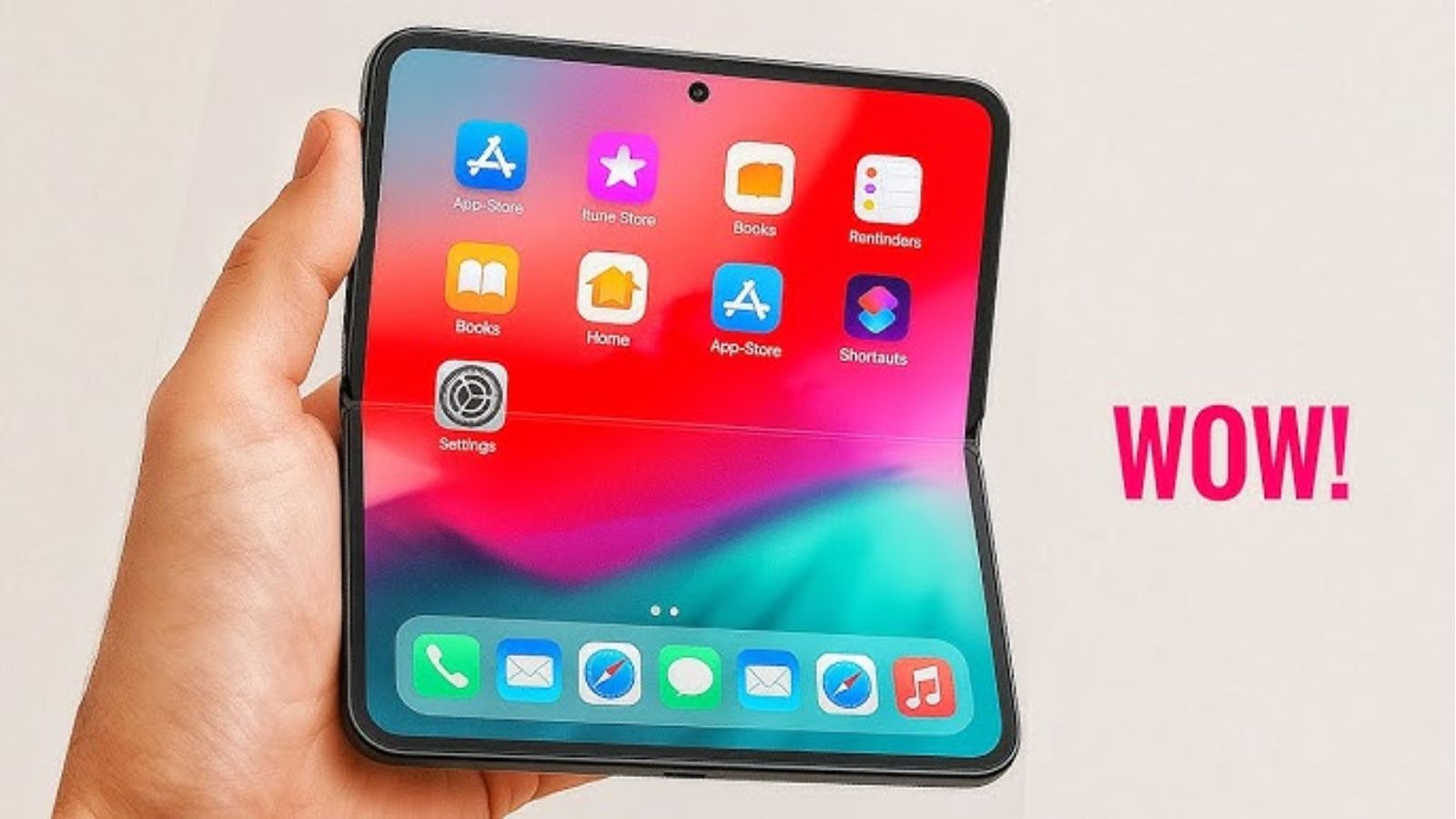Apple has finally joined the foldable conversation, and they’re doing it their way. Reports from Bloomberg’s Mark Gurman reveal that Apple has started developing iOS 27, specifically designed for their upcoming foldable iPhone. This isn’t just another iOS update – it’s a complete rethinking of how we interact with our phones.
Why Apple’s Taking the Software-First Approach
Most companies rush to market with foldable hardware, then struggle to make the software work properly. Apple’s doing the opposite. They’re spending years perfecting the software experience before the device even hits your hands.
Think about your daily phone usage. You check messages, scroll social media, take photos, and maybe watch videos. Now imagine doing all of this on a device that transforms from phone to tablet instantly. The software needs to be flawless for this transition to feel natural.

Learning from Past Successes
Apple already knows how to create great experiences on larger screens through iPad development. The iPhone Fold will likely inherit features like:
- Smooth multitasking between apps
- Intelligent window management
- Adaptive keyboards for different screen sizes
- Seamless app transitions
The challenge is making all of this work on a device that constantly changes its form factor throughout the day.
What This Means for Your Daily Routine
Work Gets More Flexible
Picture this: you’re on the bus writing a quick email on your closed phone. When you arrive at the office, you unfold it to finish the email with a full-sized keyboard and larger screen. No switching devices, no losing your place – just seamless continuation.
For people who travel frequently or work in different locations, the iPhone Fold could eliminate the need to carry multiple devices. Your phone, tablet, and even light laptop needs could all be handled by one device.
Entertainment Takes Center Stage
Watching Netflix on a small screen versus a tablet-sized display? The difference is night and day. Gaming, reading, video calls with family – everything becomes more immersive when you have more screen real estate.
But here’s what matters most: all of this only works if the software is built correctly from day one. That’s exactly what Apple appears to be doing.
The Strategic Picture: Why Now?
Global Market Pressures
Chinese smartphone users have embraced foldable technology faster than consumers in other markets. Brands like Xiaomi, Honor, and Huawei have launched successful foldable devices that are gaining traction.
Apple’s late entry isn’t necessarily a disadvantage. They’ve historically perfected technologies that others introduced first. Remember how they handled smartwatches and wireless earbuds? Same strategy, different product category.
| Feature | Expected Benefit |
|---|---|
| Dual-screen productivity | Replace phone + tablet with one device |
| iOS 27 optimization | Seamless app transitions and multitasking |
| Premium build quality | Durability beyond current foldable standards |
| Developer ecosystem | Wide app support from launch day |
| Integration | Works perfectly with other Apple devices |
| Price positioning | Premium pricing for premium experience |
Timeline and Reality Check
When Can You Actually Buy One?
Don’t expect to walk into an Apple Store tomorrow and buy an iPhone Fold. Current reports suggest 2026 at the earliest for a consumer release. This timeline actually makes sense – Apple typically takes 3-4 years to develop entirely new product categories.
Starting iOS 27 development now gives Apple plenty of time to test, refine, and perfect the experience. They’re not rushing to market; they’re building something that will work flawlessly from day one.
Cost Considerations
Current foldable phones cost between $1,800 and $2,500. Apple’s version will likely hit similar price points, possibly higher given their premium positioning.
But consider the value proposition: instead of buying a $1,200 iPhone plus a $800 iPad, you could buy one device that handles both roles better than either individual device.
Technical Challenges Apple Must Solve
Durability Standards
Foldable phones have struggled with longevity. Apple built their reputation on devices that last for years, not months. They’ll need to prove their foldable can withstand thousands of fold cycles without issues.
Battery Life Balance
Larger screens consume more power. Apple will need to engineer battery technology that supports extended screen real estate without compromising all-day usage.
Developer Adoption
The success of iOS 27 depends on app developers optimizing their software for foldable screens. Apple’s strong developer relationships and clear guidelines should help drive adoption.
What Makes This Different from Competitors
Apple isn’t trying to be first to market – they’re trying to be best to market. While Samsung and others have been selling foldables for years, Apple is taking time to solve the software challenges that make or break the user experience.
Their ecosystem advantage is significant. The iPhone Fold won’t just be a standalone device; it’ll integrate seamlessly with Mac, iPad, Apple Watch, and other Apple products you already use.
The Bigger Impact
The iPhone Fold development signals Apple’s commitment to innovation beyond traditional form factors. This isn’t just about making a phone that folds – it’s about reimagining how we interact with mobile technology.
If successful, Apple’s approach could set new industry standards for foldable devices. Their influence on smartphone design has been significant historically, and the foldable category could be their next major impact area.
The development of iOS 27 shows Apple is thinking long-term about this product category. They’re not making a quick entry; they’re building a foundation for the future of mobile computing.
Frequently Asked Questions
Q: When will the iPhone Fold be available for purchase?
A: Current reports suggest 2026 at the earliest, giving Apple time to perfect both hardware and software.
Q: How much will the iPhone Fold likely cost?
A: Expect pricing similar to current premium foldables, likely $1,800-$2,500, reflecting Apple’s premium positioning.
Q: Will existing iPhone apps work on the foldable screen?
A: iOS 27 is being designed to ensure app compatibility, with developers expected to optimize apps for the new form factor.
